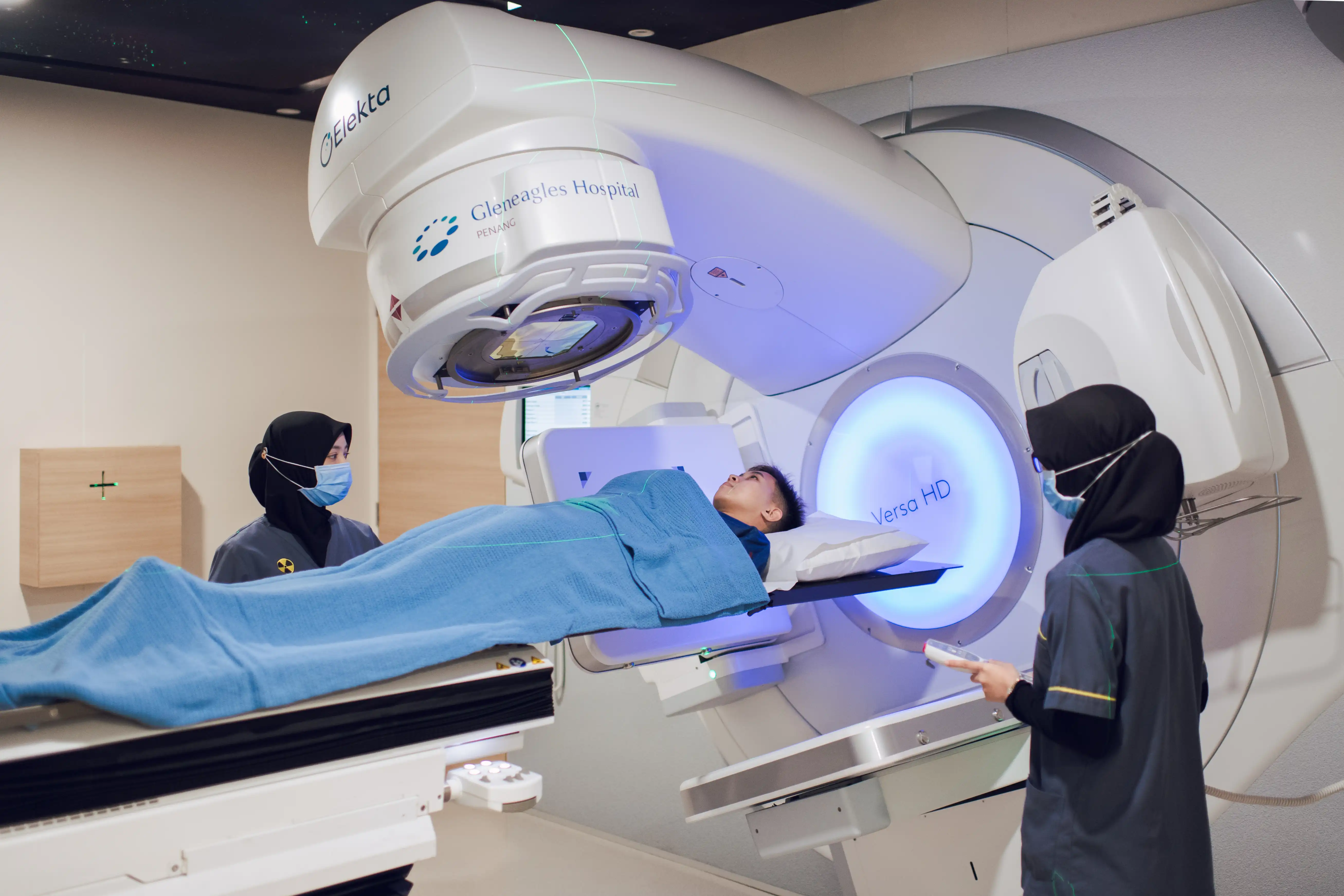Vaginal Birth After Cesarean Delivery
Many American women deliver their babies by cesarean birth, in which the baby is born through a special incision (cut) made in the mother’s abdomen and uterus. It was believed at one time that once a woman had
a cesarean birth, she would always have a cesarean birth in any subsequent pregnancies. Today, though, most women who have had cesarean births are being encouraged to attempt vaginal delivery if no risk factors are present. In fact, many of these
women have successful vaginal deliveries.
If you have had a cesarean delivery in a previous pregnancy, and are now preparing the birth of another child, consult your doctor regarding vaginal deliveries. While the convenience of cesarean deliver may be appealing to some women, most doctors feel
that due to the higher risks involved, it should only be done when there is a specific reason for it.
This article shares on vaginal birth after cesarean delivery - the benefits and risks, and the factors that will affect the decision of delivery methods. For further details about a particular case, consult your doctor.
Why Attempt Vaginal Delivery?
The primary goal of prenatal care is a healthy mother and child. It is important to keep in mind that whether your baby is born by cesarean or vaginal birth, the overall health and well-being of you and your baby will always be the priority.
There are several reasons to consider a vaginal delivery after a previous cesarean:
Less risk - A vaginal delivery has fewer complications for the mother compared to cesarean birth. A cesarean birth requires major surgery and is performed with anesthesia. As with any operation, the risk of infection, bleeding, and transfusion
(getting blood), as well as other problems can occur with any surgery and anesthesia. With a vaginal birth, there is no abdominal incision, therefore the risks tend to be lower.
Shorter recovery - The mother’s hospital admission is shorter after a vaginal delivery and she will experience less discomfort than after a cesarean. The average time spent in the hospital is typically a few days longer after a cesarean
delivery than a vaginal delivery. Recovery at home is usually faster after a vaginal birth as well. Women who opt for cesarean delivery may be required to limit their activity for a few more weeks to allow the incision to recover. Those who opt for
vaginal deliveries can usually resume normal activities sooner.
More involvement - Some women wish to be awake and fully involved in the birth process. Occasionally, general anesthesia is used during cesarean delivery, in which case the mother is not awake and cannot experience the actual birth.
There also may be more limits on the presence of others in the delivery room during cesarean delivery.
Some women may not wish to attempt vaginal delivery after cesarean because of a previous painful labour. However, pain relief is available for women attempting vaginal birth after a previous cesarean. A form of anesthesia called epidural block - in which
drugs are injected into the lower back to numb the lower half of the body - may be used, if available. If the mother does not wish to attempt vaginal delivery under any circumstances, she has the right to make this choice.
Medical Factors to Consider
Type of Incision in the Uterus
In addition to your own wishes, there are a number of medical factors that will be weighed in the decision of how your baby will be born. One of these is the type of uterine incision that was used in your previous cesarean. Your medical records from the
previous cesarean delivery will be reviewed by your doctor to verify which type of uterine incision was used. This is because the main risk to both you and your baby during an attempted vaginal delivery is separation or rupture of the scars left by
that incision. Rupture may be more or less likely depending on the type of incision used.
It is imperative to understand that in a cesarean delivery, the type of incision made in the skin may not be the same as the type of incision made in the uterus. For this reason, it is not possible to tell what type of uterine incision you had just by
looking at the scar on your abdomen. If it is not possible to determine this, your doctor will help you decide whether you may be a suitable candidate for attempted vaginal birth.
There are three types of uterine incisions used for cesarean delivery:
Transverse incision - which is made across the lower, thinner part of the uterus is usually preferred for cesarean delivery. It heals with a strong scar and is least likely to result in complications on subsequent vaginal deliveries.
Low vertical incision - is an up-and-down incision made in the lower, thinner area of the uterus. The risks involved in vaginal deliveries after this type of uterine incision are not well defined. If you have has this type of incision, discuss
the options with your doctor.
Classical (high vertical) incision - is an up-and-down cut made in the upper part of the uterus. This was once the most common type of incision used for cesarean deliveries. Unfortunately, a complete rupture or opening of the scar is more likely
to occur during labour if a classical incision was used in a previous cesarean delivery. This can result in serious bleeding that can pose danger to both the fetus and the mother.
Other Factors
Other factors that may affect the decision about having a vaginal delivery after a previous cesarean must be assessed on an individual basis. These factors include:
Small pelvis-large baby - When the baby is too large to pass safely through the mother’s pelvis during delivery
Multiple pregnancy - A pregnancy with two or more fetuses
Breech presentation - A situation in which the baby is positioned buttocks or feet downwards
Other complications of pregnancy - Medical problems such as high blood pressure or diabetes
Labour and Delivery
After considering all the medical factors as well as your own wishes, you may decide to attempt a vaginal delivery. As an attempt to deliver vaginally after a previous cesarean delivery carries some risk, certain protective measures will be taken during
labour and delivery. It is imperative that the setting in which delivery occurs is equipped to perform the necessary procedures quickly so that if a problem does occur during labour, an emergency cesarean delivery can be carried out.
During labour, fetal monitoring will be used to detect unusual changes in the fetus’s heart rate. With this procedure, the heartbeat and activity of the fetus, as well as contractions of the mother’s uterus, are measured and recorded.
Fetal monitoring cannot always prevent a problem, but it can help your doctor be alert to the warning signs.
Finally...
Due to the increased risks of cesarean delivery, many women who have had cesarean deliveries in previous pregnancies are now being encouraged to consider vaginal deliveries. For the majority of these women, the benefits of attempting vaginal birth outweighs
the risks. Even many women who have had two or more cesareans can attempt to safely give birth vaginally. With careful monitoring, proper medical support, and no major medical problems, most women who attempt vaginal birth after a previous cesarean
delivery do so safely and satisfactorily, if no risk factors are present.
By making this decision together, you and your doctor are encouraged to discuss all the details of your individual situation.








